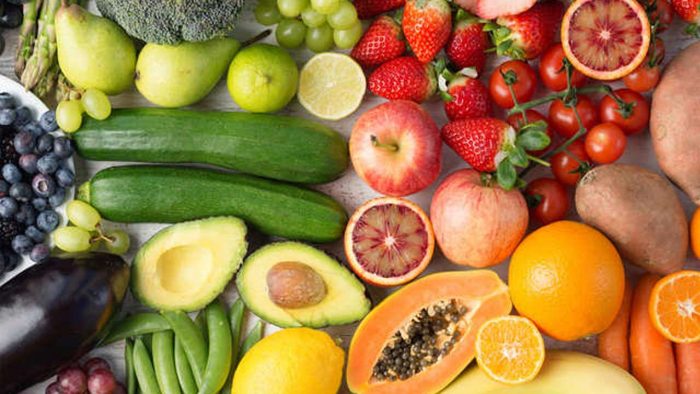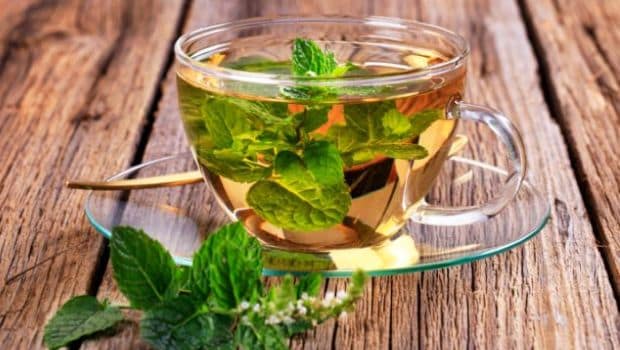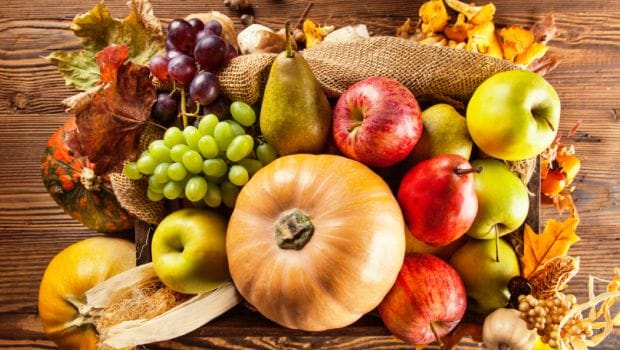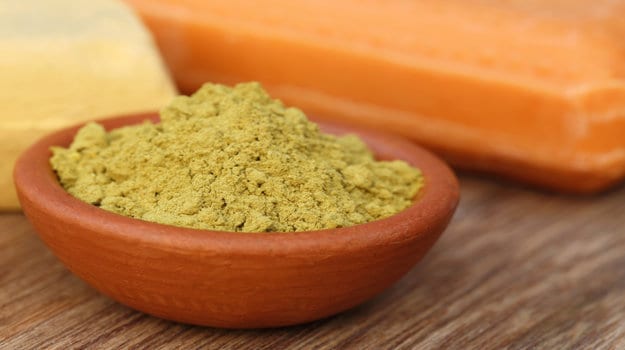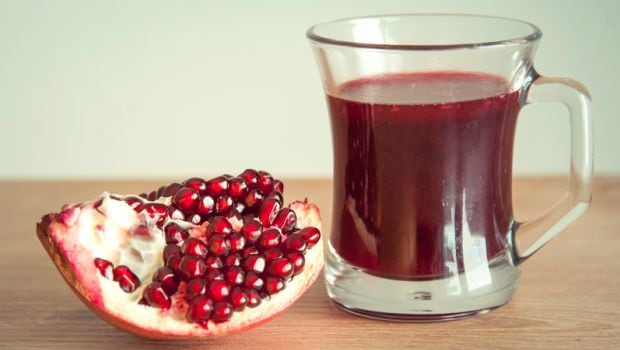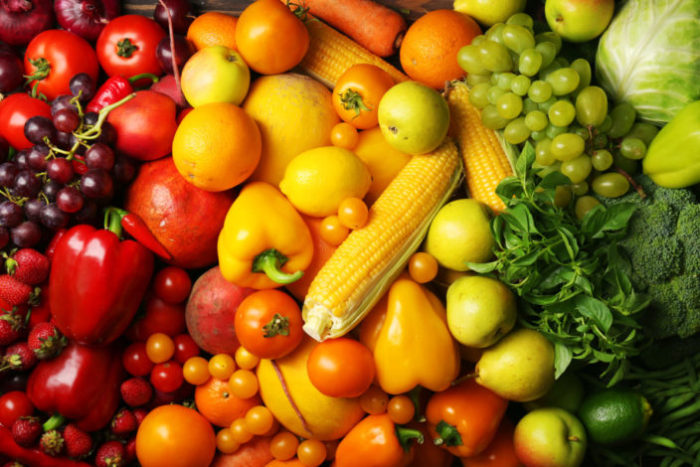As at May 21, globally 5,209,860 were COVID-19 positive, 2,092,757 had recovered while 334,878 persons were pronounced dead. In Africa, there were 101,684 positive cases, 40,588people have recovered with 3,115 deaths. Nigeria has 7,016 positive cases, 1,907 had recovered while 211 people have died of the virus. One major precaution that is often repeated in campaigns against the virus is the need to be hygiene conscious, reason citizens were told to regularly wash or sanitise their hands aside maintaining social distance and wearing facemasks.
But is there a place for good diet and nutrition in the management of COVID-19 spread and treatment according to experts. They have argued that malnutrition severely weakens immunity, increasing people’s chances of getting ill, staying ill, and dying because of illness
President, Federation of African Nutrition Societies and the immediate past President, Nutrition Society of Nigeria, Professor Ngozi Nnam stated that though diet is not a risk factor in contracting Coronavirus, diet can help in curbing it, as it plays a significant role in helping individual’s recovery process.
According to her, healthy diet is very important at this time, because consuming diet rich in food nutrients will boost the immunity. “COVID-19 is a virus, with no vaccine to treat it at present, so we are relying on body immunity to fight and kill it. Some people after testing positive will receive care and days after, they will test negative, it is because their body immunity is high. Yet, some people that went to the isolation centre with them will still be receiving treatment, ten days after they are still positive.
“The treatment they are getting is not for the virus, the treatment is to take care of the manifestations, as a result of the virus attacking the body system. So, the virus would be suppressed, if the individual’s immune system is high, because the individual has the ability to fight back the virus.
“The implication is that we should be taking adequate diet rich in nutrients that can help boost our immune system. And such nutrients are Vitamin A, B complex, D and E, because vitamins are good at boosting the immune system. And the foods that are rich in these vitamins are within reach. We have fruits and vegetable, which are often neglected in meals. So, at this time, we need to take a lot of fruits and vegetable, including avocado peer. Then, the normal legumes and cereals; all help us to grow well; rice, beans, yam very important with vegetable.”
The nutritionist, nonetheless, said Nigerians should not wrongly believe that with high immune system, they cannot contract Coronavirus, good nutrition only helps to weaken the virus when it enters the body, as the high immune system will suppress and not allow it to thrive.
The professor of nutrition noted that taking unhealthy diet would lead to malnutrition, which makes the body immunity to be very low, and if such a person gets infected with COVID-19, the virus will continue to thrive and multiply in the body system, with the system unable to fight and kill it.
“And the likelihood of recovery will be longer, and the person is likely to develop complications as a result of COVID-19. The numbers that are being announced is not the actual number of people that are infected with COVID-19, the number is much higher, because many people are infected without knowing, their immune system is suppressing it and there will be no manifestation of symptoms sometimes till they recover. Some may even have mild manifestation, but because they are not very sure they have it, they do not call the Nigeria Centre for Disease Control (NCDC) officials, yet they will recover, because their immune system has suppressed the virus, so that is the place of nutrition.
“Mind you, we have avenues for all these nutrients, like vitamin D, just coming out during the early morning sun, the skin will synthesize enough Vitamin D from the sunlight. You don’t need money for that, just stay in the sun during mid-day for 30 minutes.”
Nnam said as the country continues to battle the pandemic, it is important government and all stakeholders step up nutrition advice to get people informed about healthy eating.
She noted that some Nigerians do not feed well, not necessarily because they do not have money to buy food to feed well, but because they are not well informed. “They do not buy food that they can combined for adequate diet. Some will buy expensive food, thinking it will give adequate diet; it might not necessarily be, so people need to be informed.
“Some people say it might be difficult for the poor to eat adequate diet, no, because not all nutritious foods are expensive. The rains are here; vegetables are cheaper in the market now. And some of the foods are still within the reach of the poor because most of the locally available foods are rich in these nutrients; the protein foods- beans and crayfish are good components,” Nnam said.
Dr Patience Ikeme Ogbuli, a nutritionist, said “By healthy nutrition, we mean adequate consumption of fresh fruits and vegetables, nuts, protein of high biological value, and reasonable daily calorie, less consumptions of sweet foods and beverages, and adequate intake of water daily. Safe and healthy practices that will help build immune health include limited alcohol and tobacco consumption, possibly total cut off tobacco, daily exercises, adequate sleep and less stressful lifestyle.
“It is rather unfortunate that it took COVID-19 pandemic to expose the poor immune health of Nigerians. The majority of Nigerians due to insufficient finances, power failure, excessively long working hours, and lack of access to fresh fruits and vegetables depend on vendor and street foods for daily subsistence. Indomie, bread, high carbohydrate foods and snack, and sugary beverages, and low protein foods are the mainstay nutrition in Nigeria. It cannot be a mistake that hunger, malnutrition and poor unhygienic environments will kill many Nigerians before COVID-19 may find them to finish the job.
“It behooves the stakeholders of our nation to consider the pandemic of hunger, starvation, and filthy environment and attack it more aggressively than the pandemic of COVID-19. The former has killed and will continue to kill more Nigerians than COVID-19.”
On availability of advice on nutrition advice, Ogbuli said advice would make sense if the people have good chance of adhering to the advice. Rather, she said government should improve food supply and make them affordable. “We have enough people in the nation to do the job of nutrition education. It takes job restoration, improvement in job creation, and improved wages to begin to heal the nation.” She said that it is the responsibility of all stakeholders to change the picture of the pathetic nutritional status of many Nigerians, not just that of government alone.
On her part, a Clinical Nutritionist, Funmilola Wunmi Ijiwola stated that healthy food doesn’t necessarily mean expensive, as the key point in achieving healthy diet is knowing the right quantity and quality of nutrients to be included in a meal. She advised Nigerians to eat seasonal foods, which are cheaper. “Beans with sweet potato and grated crayfish cooked with palm oil makes an adequate diet. Also, eating avocado pear with bread and vegetable, which is now in season, are rich in fatty acid and protein. Using fruits in season as snacks also contributes to healthy eating and good health status.”
She noted that malnutrition causes a general imbalance of nutrient composition in the body, it’s either low nutrient, which is deficiency or too much nutrient, which is excess. “If their is an imbalance, the body doesn’t function well and the malfunction will eventually lead to symptoms that can be corrected with adequate diet or lead to a permanent damage of some organs or system in the body.”
Ijiwola also implored government to step up advocacy for good nutrition, because food is the first ‘drugs’ to make the body function well and ensure good health. “If our food intake is taken care of, there won’t be need for treatment of disease conditions. Good nutrition is the perfect description of prevention is better than cure”
Dr Abimbola Odusote, also a nutritionist stated that a virus as COVID-19 attacks the body and the body fights back to overcome it, so if the body is not healthy and the immunity is not strong, the virus would overwhelm the person.
“A person can build his immune system through what he feeds his body. It cam also be through rest, reduction of stress, adequate exercise, sunlight and fresh air. This is the time to up our micronutrients, eat lots of fruits, vegetables and remove the junk foods. Those giving out palliatives should consider what are in the packs- are they packaged processed foods? Why not consider adding fresh fruits and vegetables to the packs? We have lots of fruits rotting away that can be put to good use.”
Odusote said it is important that people learn what foods to buy with little money, which is why nutrition advice at this time is important.

